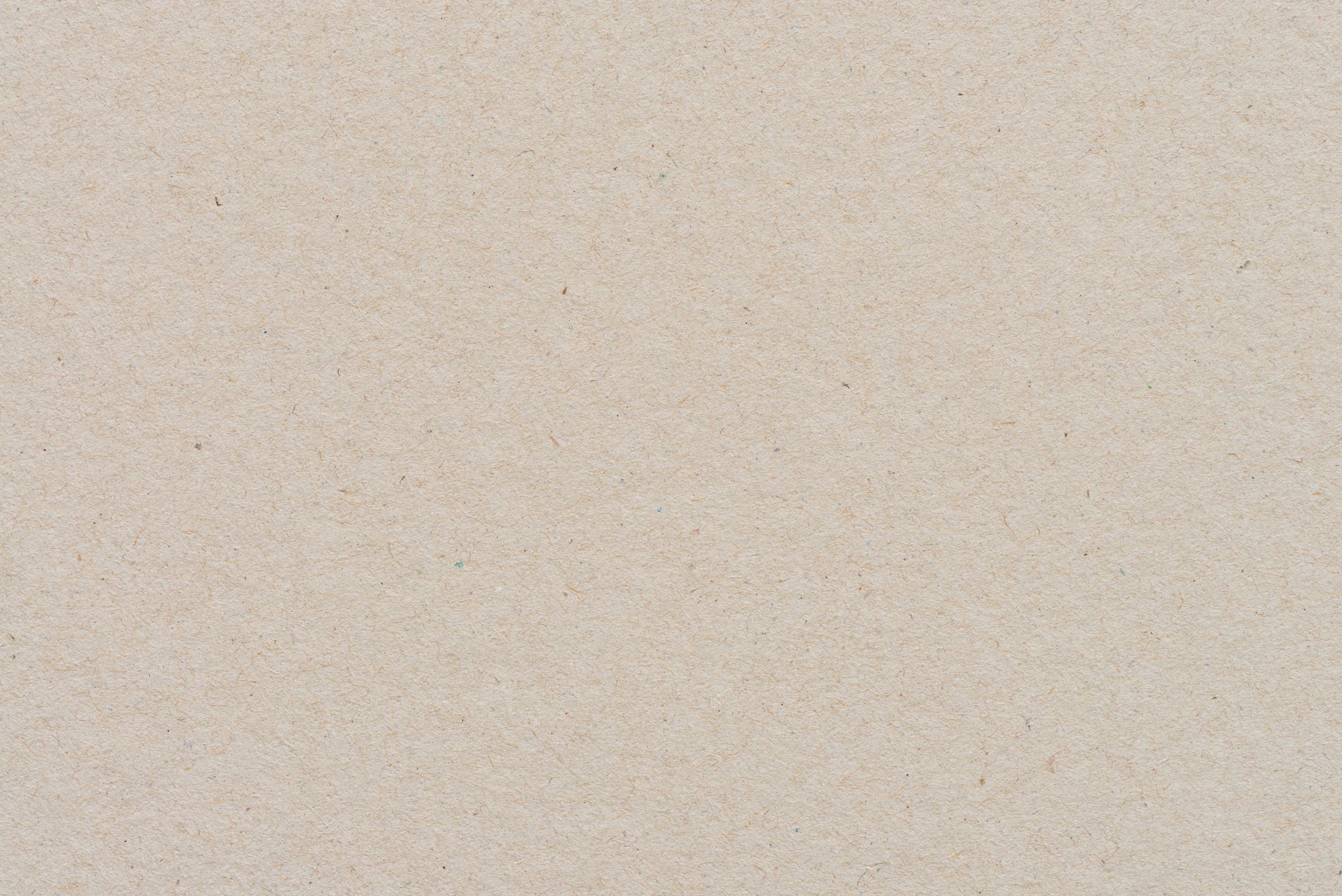
Seashells
LESSON 4
Children explore seashells by sorting them in various ways, learn about shells through a book, and create their own shell and clay artwork.
A children's book about seashells. Check your local library, here are some suggestions:
The book “What Lives in a Shell?” by Kathleen Weidner Zoehfeld (geared toward ages 3+)
The book “Shells... and what they hide inside” by Helen Scales (geared toward ages 2+)
The book “What a Shell Can Tell” by Helen Scales (geared toward ages 6+)
Air dry clay
Variety of seashells
3-5 bowls or sorting tray
Simple clay tools (optional)
Rolling pin
Acrylic paint and paintbrush (optional)
Ideas linked here.
Materials
Preparations
Gather materials.
Guide children in sorting seashells, encouraging exploration.
Lead a discussion about the book, helping children connect the story to their own seashells.
Assist children in using clay and seashells to create artwork, providing support.
Objectives for Teachers
Children practice sorting seashells, practicing their classification skills.
Children learn to identify and compare different types of shells and their uses.
Children use clay and seashells to create artwork, developing their fine motor skills and creativity.
Objectives for Children

Collect and Connect
Follow the outline to create your own poem/song to the tune of “Here We Go ‘Round the Mulberry Bush.”
In the Sea
The waves in the sea go up and down,
Up and down,
Up and down,
The waves in the sea go up and down,
All day long.
The fish in the sea go swishy swish,
Swishy swish,
Swishy swish,
The fish in the sea go swishy swish,
All day long.
Come up with your own verses together!

Activity Flow
Seashell Sorting Activity
Explain to your child that today they will be sorting seashells. Let them know they can sort the shells in any way they like.
Give your child a collection of different seashells. Make sure there is a good variety in size, shape, and color.
Invite your child to sort the seashells.
Watch how your child sorts the seashells. Ask them questions about their choices:
Why did you put these shells together?
What do you like about this group of shells?
Can you find another way to sort them?
Encourage your child to try sorting the seashells in a different way. See how many different ways they can come up with.
After sorting, ask your child to explain their sorting method. Celebrate their creativity and talk about the different ways they sorted the shells.
Launch today's lesson with the seashell sorting activity to spark curiosity and allow children to explore the seashells in a hands-on way.
2. After the activity, introduce the book you chose for this lesson. Explain that the story will teach them about shells. Before reading, ask your child if they have any questions about shells. Then read the story together to see if you can find the answers. You might even identify some of your seashells as you read.
3. After reading, start a discussion about what you learned about shells. Here are some questions you might ask:
What colors did you see on the shells in the story?
Did you find any shells in our collection that look like the ones in the book?
What animals live inside the shells?
How do shells help the animals that live in them?
Which shell was your favorite and why?
4. Next, introduce the seashell and clay craft. Children will use clay and shells to create artwork.
Shell and Clay Art
Give your child a piece of clay. Encourage them to knead and soften the clay with their hands.
Flatten the clay using a roller. Clay can be tough, so this might need to be done by an adult.
Show the children how to press the shells into the clay gently. Encourage them to make patterns, designs, or pictures with the shells.
If they want to change their design, they can carefully remove the shells and press them into new spots.
You can also use the edges or points of the shells to create textures and patterns in the clay.
Once they are happy with their designs, let the clay dry completely. This may take several hours or overnight, depending on the type of clay.
After the clay has dried, they can paint their creations if they would like.
Lastly, find a place to display the children’s shell and clay artwork.





